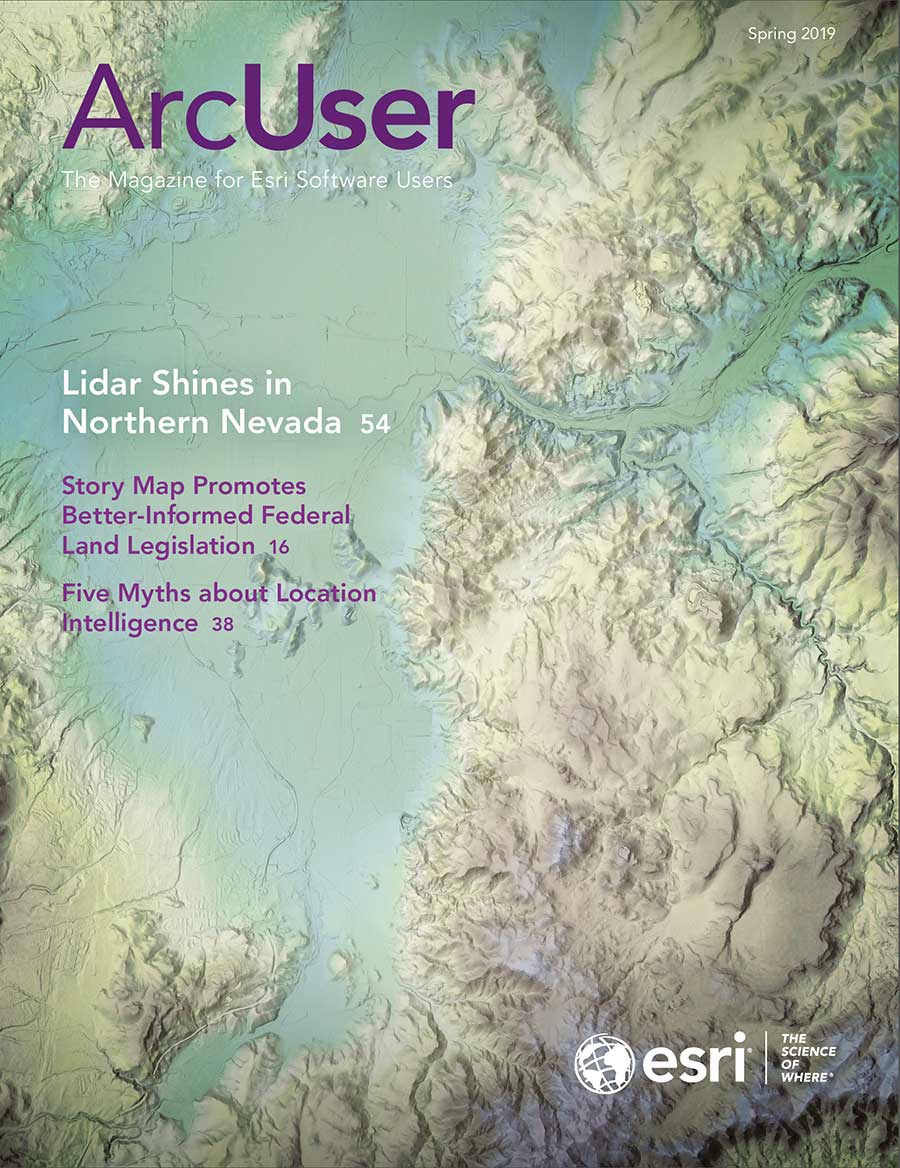Low-hanging fruit refers to the obvious and easy things you do to achieve success or make progress toward a goal. It’s the easy stuff. It’s the things that always work.
Why is this a problem?
We all want the easy way to get the job done, but it’s a problem because disruption sniffs out complacency. Low-hanging fruit is the target of disruption because it’s easy. Advancing technology solves easy problems efficiently, so anyone can do it.
Relying on low-hanging fruit is well described in the book Who Moved My Cheese?, the often recommended (and ridiculed) book on change management. In it, mice who constantly seek security are upended by the possibility that they may lose it.
There is no security in the easy stuff. Relying on past patterns, regulations, and holding on to the status quo because “That’s the way it’s always been,” and “We don’t do that” are all ingredients in the recipe for obsolescence.
A senior vice president at a company I worked at many years ago said, “Don’t worry about the phone ringing. It has always rung.” That was true…until it wasn’t. That company is now a shell of its former existence.
Complacency invites disruption and is the cousin of failure. I’m not saying you shouldn’t pick the low-hanging fruit. I’m saying that if that’s all you do, you’re doomed.
Artificial intelligence (AI) and machine learning are real, and they’re coming fast. What were once time-consuming human intelligence activities are becoming automated and combined with rapidly growing cloud capabilities. This will replace core workflows for many professionals such as lawyers, appraisers, assessors, accountants, and surveyors. Our ability to use AI with GIS and advanced spatial analysis capabilities are rapidly moving the dial. There’s hardly an area that won’t be touched as one business overtakes the core business of another.
This equals disruption. Are you ripe for disruption?
Probably.
We all are. Everything is changing and will continue to do so. Our cheese is getting moved, and our low-hanging fruit is being eyed by others. What do we do to prevent the disruption of our work? How do we prevent what Uber did to taxis from happening to us?
It’s surprisingly simple. Transformation is disruption that you do to yourself. Disrupt your organization from the inside. Take the lead.
Build resilience to external disruption. Do this by staying current with your technology. Technology is moving ahead far more rapidly than it did just a few years ago, and the acceleration will increase.
Thomas Edison once said, “I start where the last man left off.” Use this to your advantage. Don’t reinvent the wheel. Use what’s been done to leapfrog your organization ahead of where it is today. This requires a bit of work, but what worked in the past will probably not work long into the future.
Jack Dangermond, president and founder of Esri, has said many times, “Act like a startup.” This means work lean, innovate, make mistakes, try new things, get out of your comfort zone, and do it quickly. These strategies are all important to defend against external disruption.
There is no better time than today to get started with your transformation. It will be more difficult next month, and more difficult the following month. I doubt it will stop.
Get started.
Network with peers, vendors, and suppliers. Attend a conference or webinar. Join an association committee. Look at which communities your peers are connected to.
I cut a quote by former IBM president Tom Watson, Jr., out of the newspaper and hung it near my desk for many years. It’s perhaps more pertinent now than it was in the 1950s when he said it.
“Solve it. Solve it quickly, solve it right or wrong. If you solve it wrong, it will come back and slap you in the face, and then you can solve it right. Lying dead in the water and doing nothing is a comfortable alternative because it is without risk, but it is an absolutely fatal way to manage a business.”





